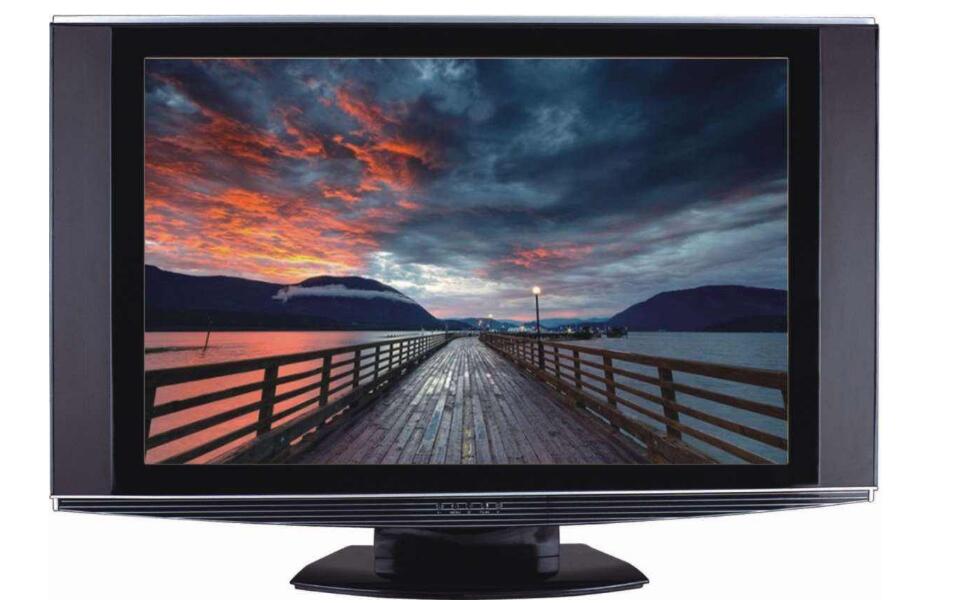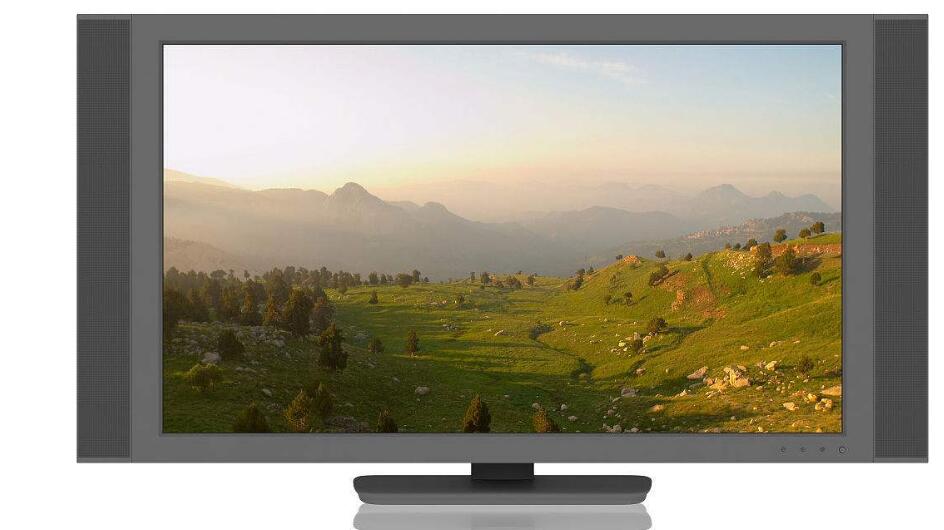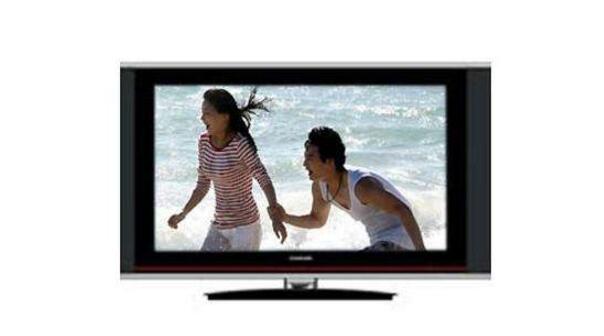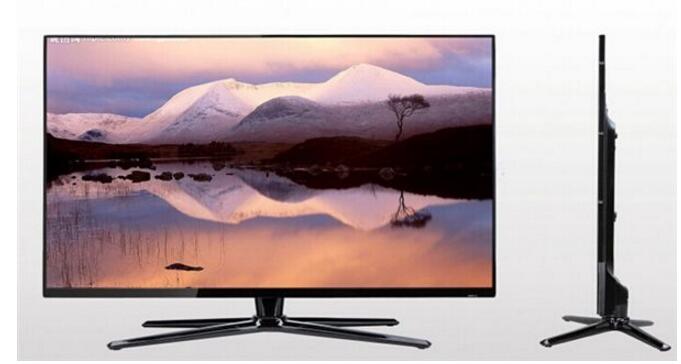**Overview of Plasma TV**
Plasma TV, short for Plasma Display Panel (PDP), is a type of television that uses a mixture of gases sealed between two thin glass panels. When voltage is applied, the gas excites phosphor materials to emit light, creating images on the screen. Compared to Cathode Ray Tube (CRT) displays, plasma TVs offer higher resolution, larger screen sizes, ultra-thin designs, and vibrant, bright colors. In contrast to Liquid Crystal Displays (LCDs), plasma TVs provide higher brightness, better contrast, wider viewing angles, and more vivid color reproduction.
Plasma display technology can be categorized into two types: Direct Current PDP (DC-PDP), where electrodes are in direct contact with the gas, and Alternating Current PDP (AC-PDP), which features a dielectric layer over the electrodes. There are three main types of color PDPs: Single Substrate (Surface Discharge) AC-PDP, Dual Substrate (Opposite Discharge) AC-PDP, and Pulse Storage DC-PDP.

**Advantages and Disadvantages of Plasma TV**
1. Excellent color reproduction and natural image quality.
2. High dynamic range in dark scenes, providing rich image depth.
3. Minimal motion blur and high clarity for fast-moving content.
4. Wide viewing angle and even brightness distribution.
5. Easy to manufacture large-screen models.
**Disadvantages:**
1. Limited size options, with no small-sized models available.
2. Larger and heavier than other TV types, with higher power consumption.
3. Prone to screen burn-in due to high-temperature discharge.
4. Lower brightness and noticeable graininess in some cases.
5. Generates more heat and produces audible noise during operation.

**Structure of Plasma TV**
The plasma panel consists of two main parts: the front panel process and the rear panel process. The front panel includes the glass substrate, transparent electrode, bus electrode, dielectric layer, and MgO film. The rear panel contains the phosphor layer, barrier ribs, dielectric layer, addressing electrode, and glass substrate. Unlike LCDs, plasma screens are self-luminous, so they do not require a backlight module. However, they still need high-voltage drive circuits and control systems to function properly. Most plasma TVs come with a dedicated TV box, which handles video input, tuning, and other essential functions. Thus, a complete plasma TV system includes both the plasma panel and the TV box.

**Overview of LCD TV**
Liquid Crystal Display (LCD) technology uses a substance that exists between solid and liquid states—known as liquid crystals. These organic compounds have a regular molecular structure, becoming transparent when heated and forming a crystalline, turbid state when cooled. In LCD TVs, liquid crystals are sandwiched between two glass panels. A voltage is applied to the liquid crystals, causing them to align and change their orientation, which controls the passage of light and creates images on the screen.
Unlike plasma TVs, LCDs rely on external light sources, such as backlights, to illuminate the screen. The image is formed by the arrangement of liquid crystal molecules and the reflection or transmission of light from these sources. This makes LCDs generally thinner and more energy-efficient compared to plasma TVs.

We cover many types of Connectors for industrial, electrical and automotive, such as IP68 and waterproof connectors, OBD diagnostic connectors, also the standard or custom-designed power connectors for MINI FIT, MICRO FIT, MATE-N-LOCK.
Connectors System,Board System Connector,Efi System Injector Connector,Efi System Car Connector
ETOP WIREHARNESS LIMITED , https://www.etopwireharness.com